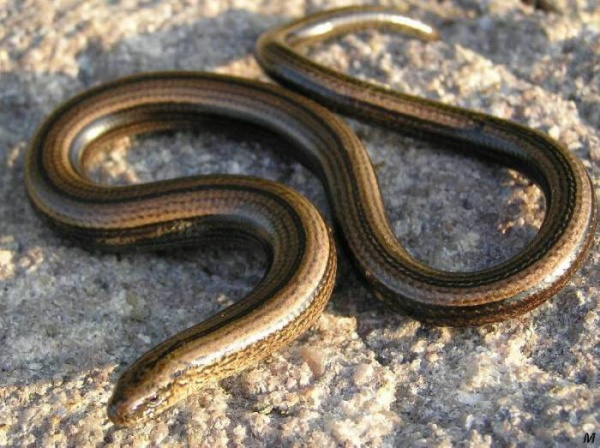Facts About Anguis fragilis
The Anguis fragilis, commonly known as the slowworm, is a fascinating legless lizard native to Eurasia. Also referred to as the deaf adder, blindworm, or long-cripple, these intriguing creatures are semifossorial, meaning they enjoy burrowing and hiding beneath objects. With their smooth skin and non-overlapping scales, slowworms possess the remarkable ability to drop their tails to escape from predators.
In the UK, slowworms are a common sight in gardens, where they play a crucial role in controlling pest insects. Unfortunately, domestic cats present a significant threat to them.
Slowworms are most active during twilight and primarily feed on slugs and worms. Unlike snakes, they give birth to live young. Despite their snake-like appearance, you can differentiate slowworms by their small eyes with eyelids, visible ears, the way they shed their skin in patches, and their unique ventral scale pattern. These lizards can grow up to 50 cm in length and are known for their impressive longevity, living up to 30 years in the wild and even 54 years in captivity.
In the UK, slowworms are protected under the Wildlife and Countryside Act of 1981, making it illegal to kill, injure, sell, or advertise them for sale. In Ireland, slowworms are not native but were likely introduced illegally in the 1970s. They have been primarily spotted in County Clare, particularly in the Burren region.
Taxonomically, Anguis fragilis has several subspecies spread across Europe, southeastern Europe, the Caucasus, and Iran. These legless lizards play a vital role in their ecosystems, and ongoing efforts are dedicated to protecting and conserving them in their natural habitats.

 Austria
Austria